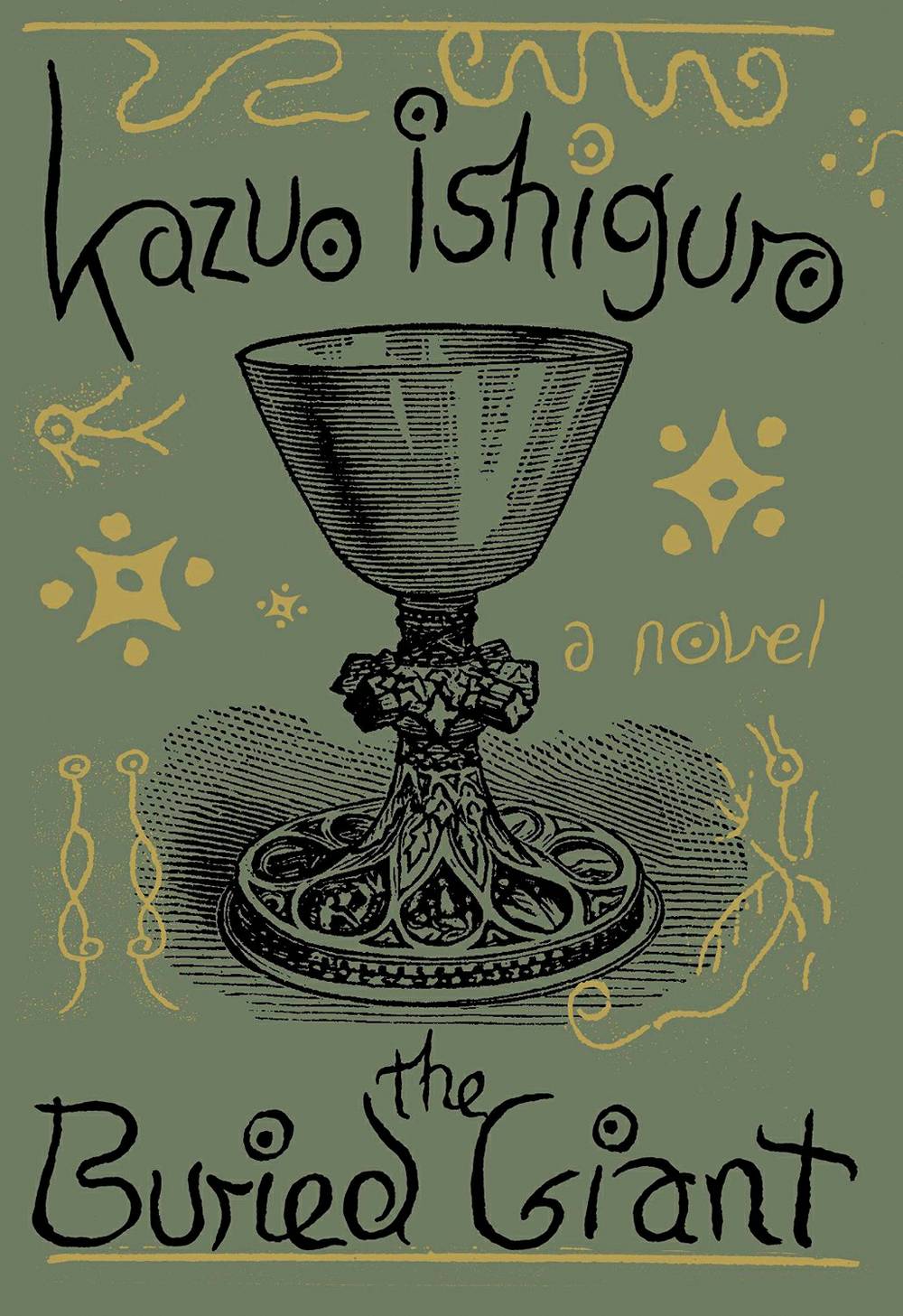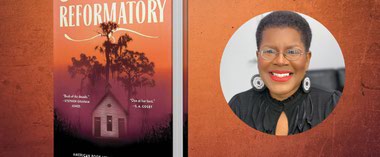
The Buried Giant by Kazuo Ishiguro, $26.95.
Born in Japan but raised in England, Kazuo Ishiguro has the unique ability to view British culture from within and without. The Booker Prize-winning 1988 novel that set his fame, The Remains of the Day, was written “in the pitch-perfect voice of an English butler,” as Susannah Hunnewell put it in The Paris Review, but it neatly isolated the flaws both in the man and the social system he served so punctiliously.
Ishiguro’s earlier novels were set in Japan, so Remains surprised some readers. But characters and conundrums predominate in Ishiguro’s work. “For me, the essence doesn’t lie in the setting,” he said in his 2008 interview with Hunnewell. He said he was writing “a novel about how societies remember and forget,” and had rejected postwar France because it would be “a book about France.” He chose, instead, post-Roman England, circa 450, when the Anglo-Saxons either exterminated or assimilated the Celts.
In The Buried Giant, Britons and Saxons live in uneasy peace, Christian Britons in earthen warrens and pagan Saxons in stockade villages, in a land of real and imagined dangers, such as a dragon who is thought to have afflicted everyone with “the mist,” or loss of memory. An old couple, Axl and Beatrice, set out from their Briton village to find their son but also to recover who they were and are. They learn about themselves, in action and memory, amid the episodes of their quest, as it intersects with those of two heroic figures, a young Saxon warrior named Wistan and the aged Gawain, nephew of Arthur. It appears Wistan and Gawain are on the same quest, but Wistan has rescued a 12-year-old boy who has yet another, seeking his missing mother.
Ishiguro tells these tales partly as omniscient narrator and partly in third- or first-person character point-of-view. His characters speak decorously and cautiously gauge whom to trust and what is owed one another as intrigues play out and truths about their quests emerge. But just as a postwar Parisian setting would have prescribed aspects of the narrative, Anglo-Saxon England shapes this one. The entwined quests form a fable analogizing memory, oblivion and revenge. Along the way, it hints that perception makes memory, both for people and peoples. Fable as a literary form by nature lacks subtlety, but Ishiguro deftly sustains a vivid and absorbing story whose metaphors fully resolve only at the end.
Find more by Chuck Twardy at chucktwardy.com.







